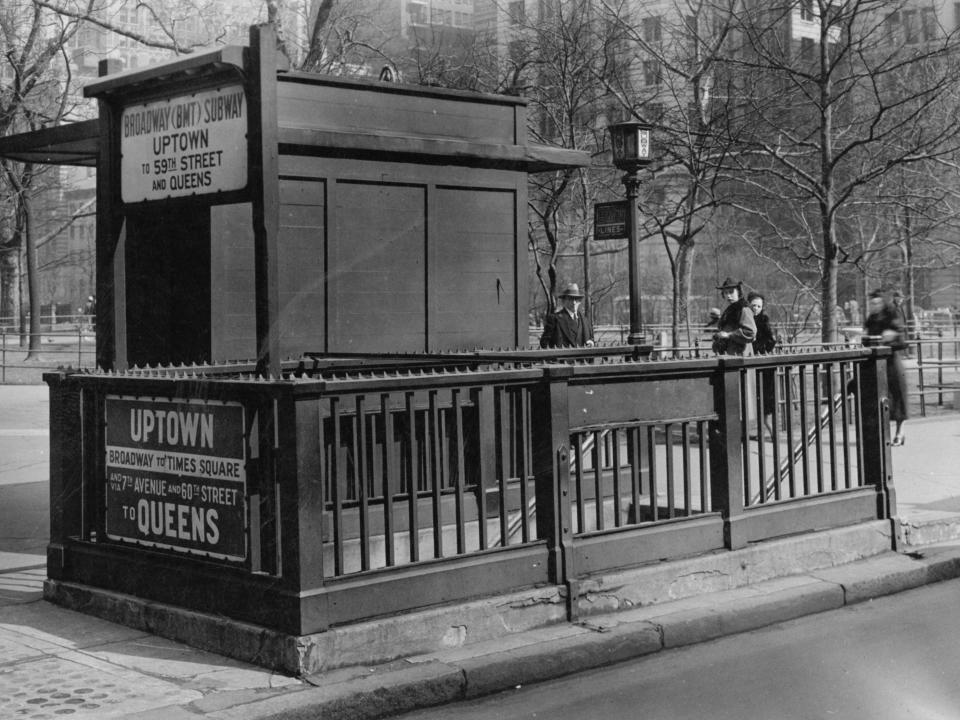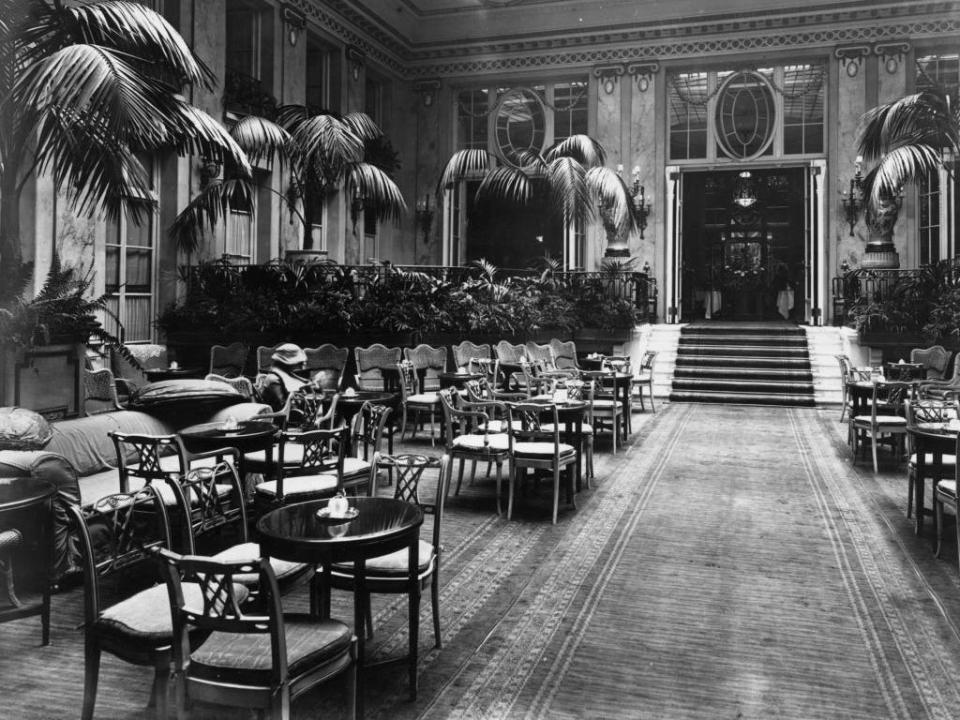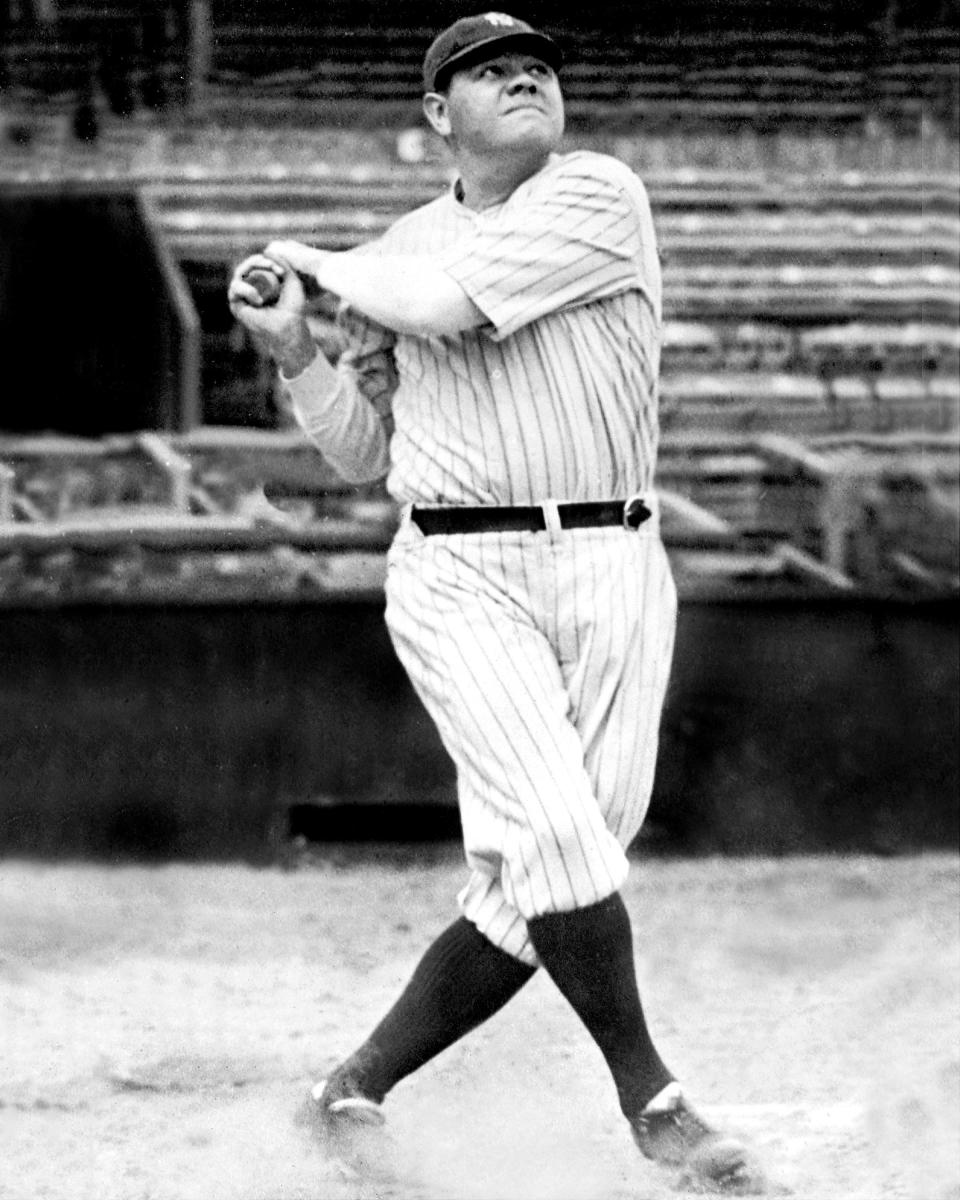Vintage photos taken 100 years ago show what life was like in 1924

It should come as no surprise that life in 1924 was drastically different from how it is in 2024.
In 1924, Calvin Coolidge was president, and Babe Ruth was the most famous athlete in the world.
These photos show how people's day-to-day lives looked 100 years ago.
From popular fashion trends to the day's latest technologies, life looked completely different in 1924.
The United States had 48 states, there was no such thing as social media or the internet, and gas cost between about 13 and 25 cents a gallon.
While the start of the Roaring '20s brought in a new era of societal freedom and technological advancements, much has also changed in the last 100 years.
Here's a look at how people's day-to-day lives were 100 years ago.
The start of the 1920s brought in a new era for transportation, and automobiles had become a mainstream method of travel for many people.

Though many countries were still recovering from the negative effects of World War I, by 1924, the United States had bounced back and become a hive of industry.
One of the most influential advancements of the time was the mass production of automobiles.
One of the most popular vehicles of the time was the Ford Model T, which the Ford Motor Company sold between 1908 and 1927. The company mass-produced the car on an assembly line, making it faster to make and, therefore, more affordable for the everyday consumer.
When it was time to fill up the tank, drivers would pull into a fueling station, like the one pictured above, where gas would run you between about 13 and 25 cents a gallon.
But if you lived in a major city, such as New York, it was also possible to take the subway.

This is what the entrance to an uptown Manhattan BMT-line subway station looked like in 1924.
Speaking of New York, this is what Times Square looked like in 1924.

Though some familiar advertisements and billboards are there, Times Square looks completely different.
Popular pastimes included going to the theater.

Pictured above is Jolson's 59th Street Theatre, now known as the New Century Theatre in New York. The theater opened in 1921 at 932 Seventh Avenue and was demolished in 1962.
People also dined in restaurants, but you definitely wouldn't find any cocktails on the menu.

Prohibition went into effect in 1920 with the passing of the 18th Amendment, prohibiting the manufacture, sale, and transportation of alcohol.
But the law also led to the rise of speakeasies — some of which are still scattered throughout New York City.
Diners were also popular, though they were often called 'lunch cars.'

The Telegraph reported that most diners in the early 1900s were modeled after train dining cars, and were sometimes even converted from the original train cars into stand-alone eateries.
Other casual-dining spots, such as the one pictured above, featured elements we'd commonly associate with diners, including the bar-style lunch counter and classic uniforms.
Other pastimes included catching a baseball game.

Pictured above is the iconic New York Yankees player Babe Ruth in 1924.
Though he was only 29, the Seattle Times reported Ruth's 1924 batting average of .378 topped the American League.
The 1924 Summer Olympics were held in Paris.

Over 3,000 athletes competed in the games, including 2,954 men and 135 women.
One of the most notable gold-medal winners from the 1924 Olympics was Richard Norris Williams, a Titanic survivor who escaped the ship by jumping into the below-freezing waters. His father died when the first funnel fell from the ship, but 21-year-old Williams was able to swim and reach a lifeboat.
After a doctor told Williams that his frozen legs would need to be amputated, the aspiring tennis professional said, "I'm going to need these legs!"
When he made it aboard the Carpathia, he insisted on walking around the deck until gradually recovering the feeling in his legs.
Following the sinking of the Titanic, Williams had a successful tennis career and won a mixed-doubles gold medal with his tennis partner, Hazel Hotchkiss Wightman.
Jazz music defined popular music of the decade, a trend that was in full swing by 1924.

In 1924, the iconic jazz musician Louis Armstrong moved from his native New Orleans to New York City, forever changing his career trajectory.
Jazz music also inspired popular dances, including the Charleston.
This is what a typical classroom looked like in the mid-1920s.

By the early 1920s, many classrooms had become coeducational, with boys and girls learning in the same classroom.
Unsurprisingly, most schools were still segregated by race at that time, and many remained segregated until the landmark Brown v. Board of Education Supreme Court case deemed school segregation unconstitutional in 1954.
Furthermore, the Virginian Racial Integrity Act of 1924 reinforced racial segregation in schools, banning Indigenous American students from attending white schools and prohibiting interracial marriage in the state.
Debutante balls saw a resurgence in the Roaring '20s.

Also known as cotillions, debutante balls allowed wealthy young women to debut in society.
They often wore white with feathers in their hair, though many outfits were visibly more modern and flapper-inspired than traditional debutante looks from decades prior.
The Miss America pageant celebrated its fourth year of operation in 1924.

Pictured above, five contestants in the Miss America contest walk along the beach in Atlantic City, New Jersey, in July 1924.
That year, 18-year-old Ruth Malcomson of Pennsylvania took home the crown.
Work opportunities for women were gaining momentum by 1924.

In 1920, women made up about 20% of the labor force in the United States, many of whom worked in factories manufacturing apparel, food, and tobacco products, according to the Department of Labor.
Other popular occupations for women included working as teachers, typists, salespeople, bookkeepers, seamstresses, and housekeepers.
A presidential election was held in 1924, a year after Warren G. Harding died.

Following Harding's death at age 57 on August 2, 1923, Vice President Calvin Coolidge became president.
The 1924 election, a three-way race, was held on November 4, and the incumbent president, Calvin Coolidge, was declared the winner.
Pictured above is the floor of the Democratic National Convention at Madison Square Garden in 1924.
President Coolidge was known as a man of few words, and his frugality heavily contrasted with the excess and decadence of the Roaring '20s.

"His great task was to restore the dignity and prestige of the Presidency when it had reached the lowest ebb in our history … in a time of extravagance and waste," Alfred E. Smith, a former governor of New York, wrote of Coolidge, calling him "distinguished for character more than for heroic achievement," according to the White House.
Correction: January 16, 2024 — An earlier version of this story included a photo of a classroom in 1924 that included several sets of twins. The photo has been replaced with one that reflects a more typical classroom from the mid-1920s.
Read the original article on Business Insider

 Yahoo News
Yahoo News 
